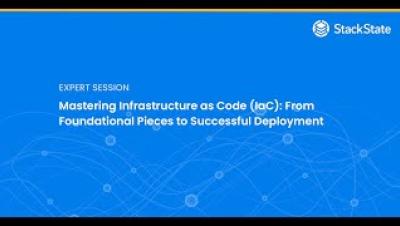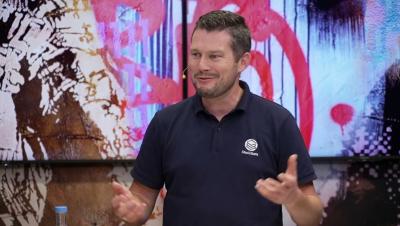Operations | Monitoring | ITSM | DevOps | Cloud
October 2023
Surviving Kubernetes Implementation: Overcoming Challenges and Scaling Successfully
Kubernetes Unpacked: Driving Enterprise Success with Cloud-Native
The Power of Data Correlation
The Power of Data Correlation: Troubleshooting Made Easy
As software engineers, we all know that troubleshooting often involves sifting through heaps of data points — scanning metrics, reading logs, checking resource status and analyzing events. We manually connect the dots, and if we're experienced enough, we might spot an issue that's about to become a problem. At StackState, we've faced these same challenges.
Configuration Drift: Understanding, Avoiding, Managing and Resolving in Kubernetes
If you work with Kubernetes, you know that any number of issues can pose a serious threat to the stability and security of your deployments. One that's subtly damaging is configuration drift, which occurs when the actual state of how your system is set up — its configuration — strays from the way you defined. Configuration drift in Kubernetes can happen when people make changes manually, systems aren't synchronized properly or monitoring falls short.






